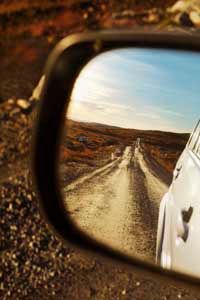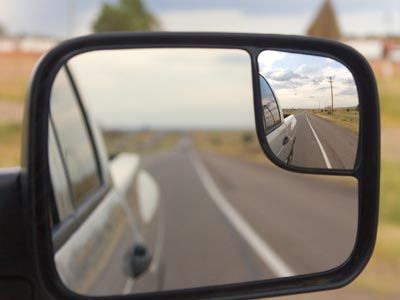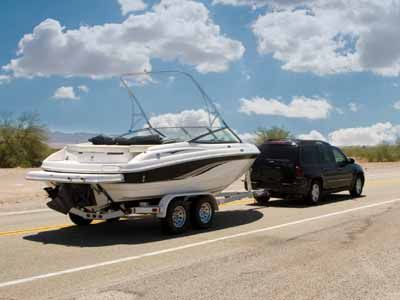When you're dealing with mirrors, size is important. Let's say you're in a department store trying on a new pair of pants. However, the dressing room is equipped with only a handheld mirror. You probably won't be able to get a full view of those dungarees because the reflective space is so much smaller than what you're trying to look at.
The same thing goes sometimes for towing. If you hitch a trailer, camper or other transportation accessory to the back of your vehicle, standard side mirrors may not be large or high enough to reflect the length of your additional load. Blind spots are a major hazard with driving in general, and magnifying those zones when towing can be dangerous. In fact, blind spots are the top cause of towing-related accidents on the road [source: Smith]. That's why safe towing involves evaluating your visibility and, if necessary, installing side towing mirrors to ensure that you can see all traffic and obstacles around you.
Advertisement
Not only will towing mirrors help keep you, your cargo and people around you safe, they'll also keep you within the bounds of the law. States mandate their own towing mirror regulations, but the general rule of thumb is that the driver should be able to see the entire length of the trailer and beyond to the traffic behind it. Depending on the size of the trailer, that may require towing mirrors.
As with most car accessories, you have a lot of options to choose from if you need towing mirrors. Some towing packages come with mirrors, but if not, you can purchase them individually. On the next page, we'll set our sights on different categories of towing mirrors and what towing tasks they're suited for.
Advertisement



